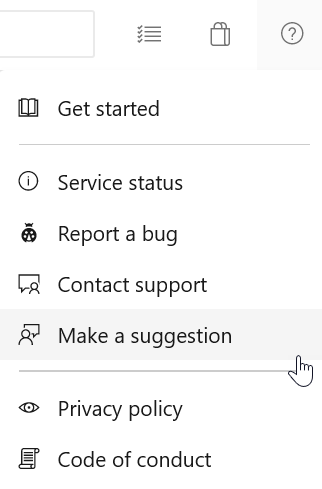Support for environment variables in Linux scale set agents
In this sprint, we added support for environment variables in Linux scale set agents. Now you can change the working directory of a Linux agent to use a faster drive than the OS drive. In addition, you can set a proxy to be used by the agent.
Check out the following feature descriptions for details.
General
Azure Boards
Azure Pipelines
General
Improved web experience to better handle re-authentication requests
Some of you have encountered the following error message Unexpected token < in JSON at position 4 when your authentication token has expired. This can often happen when you attempt to save a pending work item or select a coworker from the Identity Picker.
With this update, we included a fix to improve the reauthentication experience. Now you will be able to successfully complete the sign-in process without data loss.
Azure Boards
Improvements to Delivery Plans
With this update, we've included the following improvements to Delivery Plans:
- The work item title now remains "sticky" on the screen rather than rolling off the screen.
- We now support fields with boolean values in the card styling and field criteria settings.
Azure Pipelines
Support for environment variables in Linux scale set agents
Scale set agents are a convenient solution to auto-scale your agent infrastructure. Since they are based on self-hosted agents, many of the customizations that exist with self-hosted agents are also available with scale set agents. These customizations rely on the use of environment variables that are contained in the agent image.
Until now, these variables worked well with Windows scale set agents but not with Linux scale set agents because of an issue with the Azure Pipelines auto-scaling script. This issue has been addressed now. As a result, you can, for example, change the working directory of a Linux agent to use a faster drive than the OS drive. Or you can set a proxy to be used by the agent.
Next steps
Note
These features will roll out over the next two to three weeks.
Head over to Azure DevOps and take a look.
How to provide feedback
We would love to hear what you think about these features. Use the help menu to report a problem or provide a suggestion.

You can also get advice and your questions answered by the community on Stack Overflow.
Thanks,
Vijay Machiraju